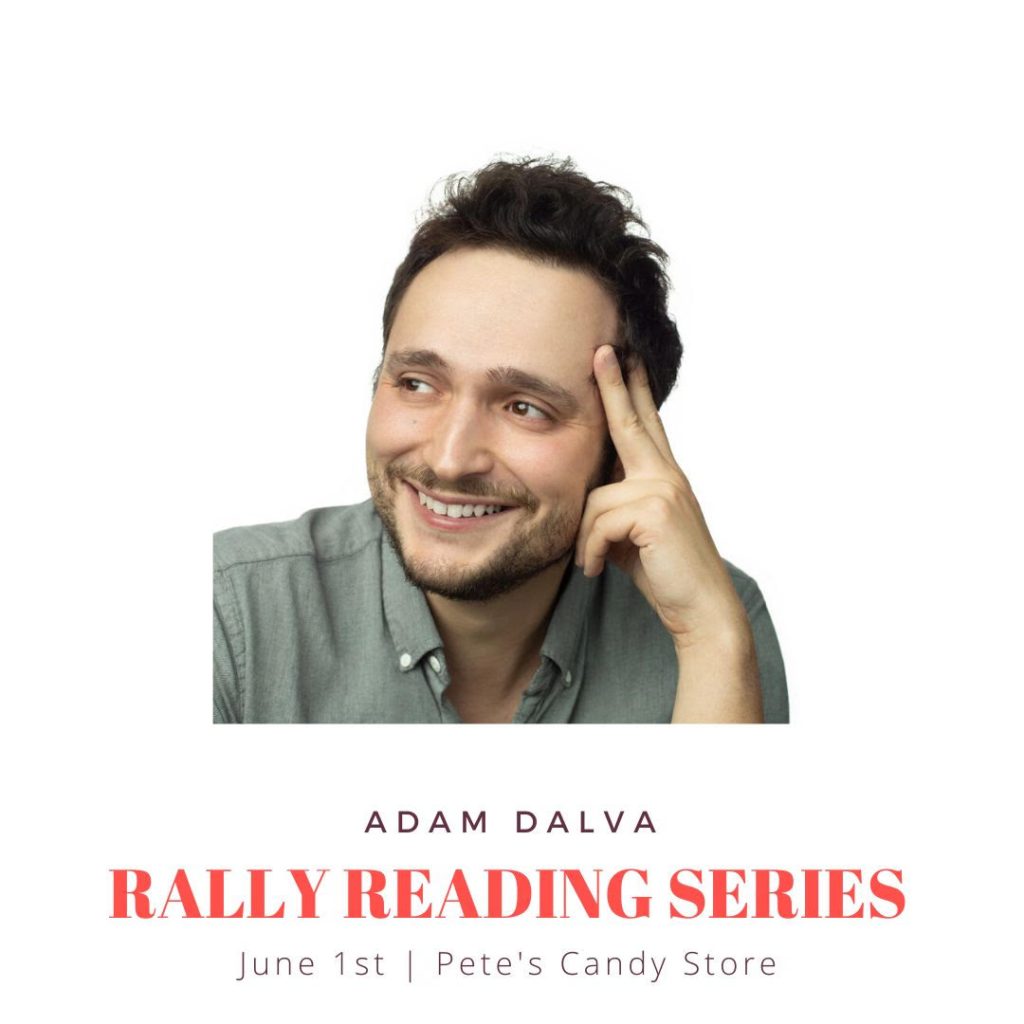I would love to see you!

The Rally marches on with Adam Dalva, Nancy Stohlman, and Colin Dickey taking the Pete’s Candy Store stage on Thursday, June 1st, 7pm!
Come see our terrific slate of readers perform, and offer them your questions, comments, and reactions. The Rally is the heart of a march in the body of a reading series. For more on this event, please visit www.rallyreadingseries.com.
Pete’s Candy Store is located at 709 Lorimer Street in Williamsburg. Closest trains are the L/G at Lorimer/Metropolitan.
Nancy Stohlman
Nancy Stohlman is the author of six books including After the Rapture (2023), Madam Velvet’s Cabaret of Oddities (2018), The Vixen Scream and Other Bible Stories (2014), The Monster Opera (2013), Searching for Suzi: a flash novel (2009), and Going Short: An Invitation to Flash Fiction (2020), winner of the 2021 Reader Views Gold Award and re-released in 2022 as an audiobook. Her work has been anthologized widely, appearing in the Norton anthology New Micro: Exceptionally Short Fiction and The Best Small Fictions 2019, as well as adapted for both stage and screen. She teaches at the University of Colorado Boulder and holds workshops and retreats around the world. Find out more at http://www.nancystohlman.com
Adam Dalva
Adam Dalva’s writing has appeared in The New Yorker, The Paris Review, The New York Review of Books, and The Atlantic. He is the Senior Fiction Editor of Guernica Magazine. Adam serves on the board of the National Book Critics Circle, is the Books Editor of Words Without Borders, and is an Assistant Professor of Creative Writing at Rutgers University.
Colin Dickey
Colin Dickey is the author of five books of nonfiction, including Ghostland: An American History in Haunted Places; The Unidentified: Mythical Monsters, Alien Encounters, and Our Obsession with the Unexplained; and, most recently, Under the Eye of Power: How Fear of Secret Societies Shapes American Democracy (July 2023).









